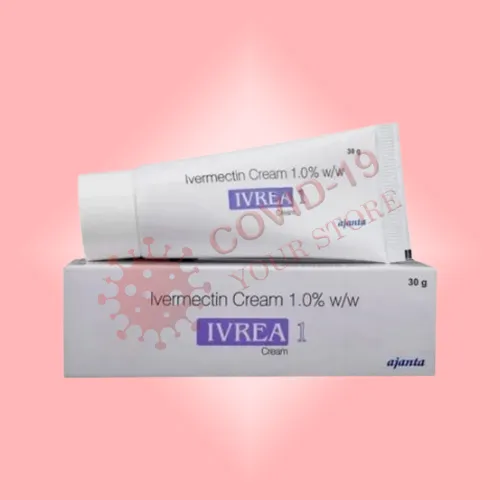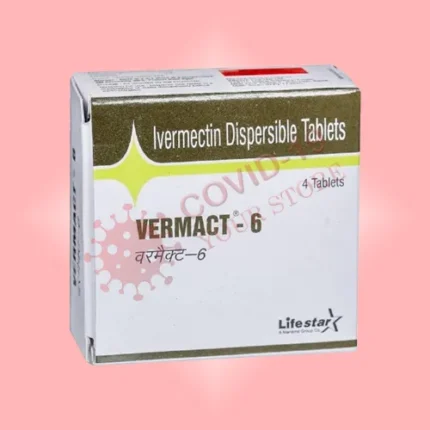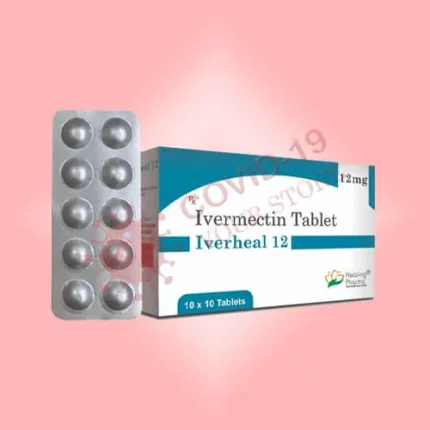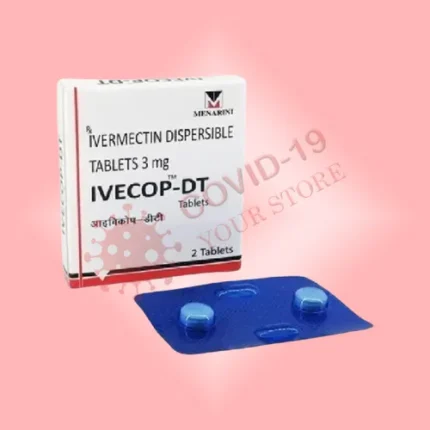What is Ivermectin Cream for Rosacea?
Ivermectin cream, marketed under various brand names such as Soolantra, is a topical medication primarily used to treat rosacea, a common skin condition characterized by redness, visible blood vessels, and, in some cases, pimples on the face. Rosacea typically affects the cheeks, nose, chin, and forehead, leading to inflammation and discomfort. It is thought to be triggered by a combination of genetic and environmental factors, including sun exposure, stress, spicy foods, and alcohol.
Ivermectin, the active ingredient in the cream, is an antiparasitic agent originally developed to treat parasitic infections like river blindness and strongyloidiasis. Recent research and clinical studies have found that ivermectin can also reduce the inflammation and symptoms associated with rosacea.
Ivermectin works by addressing an underlying cause of rosacea—Demodex mites. These microscopic mites are often found in the hair follicles of individuals with rosacea, and their presence can contribute to the condition’s flare-ups. By reducing the inflammatory response triggered by these mites, Ivermectin cream helps to manage the symptoms of rosacea and promote clearer, healthier skin.
How Does Ivermectin Cream Work for Rosacea?
Ivermectin is believed to help rosacea in several ways:
- Anti-inflammatory Action:
Ivermectin has powerful anti-inflammatory properties. It reduces the redness, swelling, and irritation caused by rosacea flare-ups. This can help calm the skin and improve the overall appearance. - Anti-parasitic Properties:
As mentioned earlier, rosacea is often linked to an overpopulation of Demodex mites, which live in the pores of the skin. Ivermectin targets these mites, reducing their numbers and, consequently, minimizing the irritation they cause. - Regulation of Immune Response:
Ivermectin may help modulate the immune system, reducing the exaggerated inflammatory response that triggers rosacea flare-ups. This helps control the chronic nature of rosacea. - Reduction of Skin Redness and Lesions:
By addressing inflammation and bacterial growth, Ivermectin can help prevent and reduce the appearance of red, bumpy lesions associated with rosacea.
Benefits of Ivermectin Cream for Rosacea
Ivermectin cream offers several significant benefits for individuals struggling with rosacea:
- Reduces Redness and Inflammation:
The primary benefit of using ivermectin cream is its ability to reduce the visible redness and inflammation on the skin. This can significantly improve the appearance of the face, making patients feel more confident. - Effective for Papulopustular Rosacea:
Ivermectin cream is especially effective for papulopustular rosacea, which is characterized by pimples or pustules, similar to acne. The cream helps clear these lesions and reduce their recurrence. - Improves Skin Texture:
With consistent use, ivermectin cream can help smooth out the texture of the skin, reducing bumps and irritation caused by rosacea. - Minimal Side Effects:
Compared to oral treatments or other topical treatments, ivermectin cream has a relatively low risk of side effects, making it an attractive option for long-term use. - Convenience of Topical Treatment:
As a cream, ivermectin is applied directly to the affected areas, providing targeted relief without systemic side effects that oral medications may cause.
How to Use Ivermectin Cream for Rosacea
Ivermectin cream should be applied exactly as prescribed by your healthcare provider. Below are some general guidelines:
- Clean and Dry the Affected Area:
Before applying the cream, gently wash the affected areas with mild soap and water. Pat your skin dry with a clean towel. - Apply a Thin Layer:
Squeeze a small amount of ivermectin cream (usually about a pea-sized amount) onto your fingertip and apply a thin layer to the affected areas of your face, typically once a day in the evening before bed. - Avoid the Eyes and Mouth:
Be cautious not to get the cream in your eyes, nose, or mouth. If the cream accidentally gets into these areas, rinse thoroughly with water. - Consistency is Key:
For best results, it’s important to use ivermectin cream consistently as prescribed, even if you start seeing improvement. It may take several weeks for noticeable changes to occur. - Follow Your Doctor’s Instructions:
Always follow your healthcare provider’s instructions regarding usage. If you miss a dose, apply it as soon as you remember, unless it’s close to the time for your next dose.
Who Makes Ivermectin Cream for Rosacea?
Ivermectin cream for rosacea is available under several brand names, but one of the most well-known is Soolantra, which is manufactured by Galderma, a global pharmaceutical company that specializes in dermatological treatments. There are also generic versions of ivermectin cream available, manufactured by various companies, offering a more affordable option for those who need the treatment.
Is Ivermectin Cream Safe for Humans?
Ivermectin cream is considered safe for humans when used as prescribed for the treatment of rosacea. The cream is intended for topical use only and should not be ingested.
It is important to note that while ivermectin cream is generally safe, you should avoid using it if you have a known allergy to ivermectin or any of the other ingredients in the cream. If you have any other underlying skin conditions or are pregnant or breastfeeding, consult your healthcare provider before using ivermectin cream.
Side Effects of Ivermectin Cream for Rosacea
Like any medication, ivermectin cream may cause side effects in some people. However, it is generally well-tolerated. Common side effects include:
- Skin Irritation: This can include redness, dryness, or a burning sensation at the site of application.
- Itching: Some individuals may experience mild itching or discomfort.
- Peeling or Dryness: In some cases, the skin may peel or feel drier than usual.
More serious side effects are rare but could include severe allergic reactions. If you experience symptoms such as swelling of the face, lips, or tongue, or difficulty breathing, seek medical attention immediately.
Disclaimer
The information in this article is for general informational purposes only. It is not intended to replace professional medical advice, diagnosis, or treatment. Always consult a qualified healthcare provider before starting or discontinuing any medication. Do not self-medicate or alter prescribed dosages without medical guidance.











